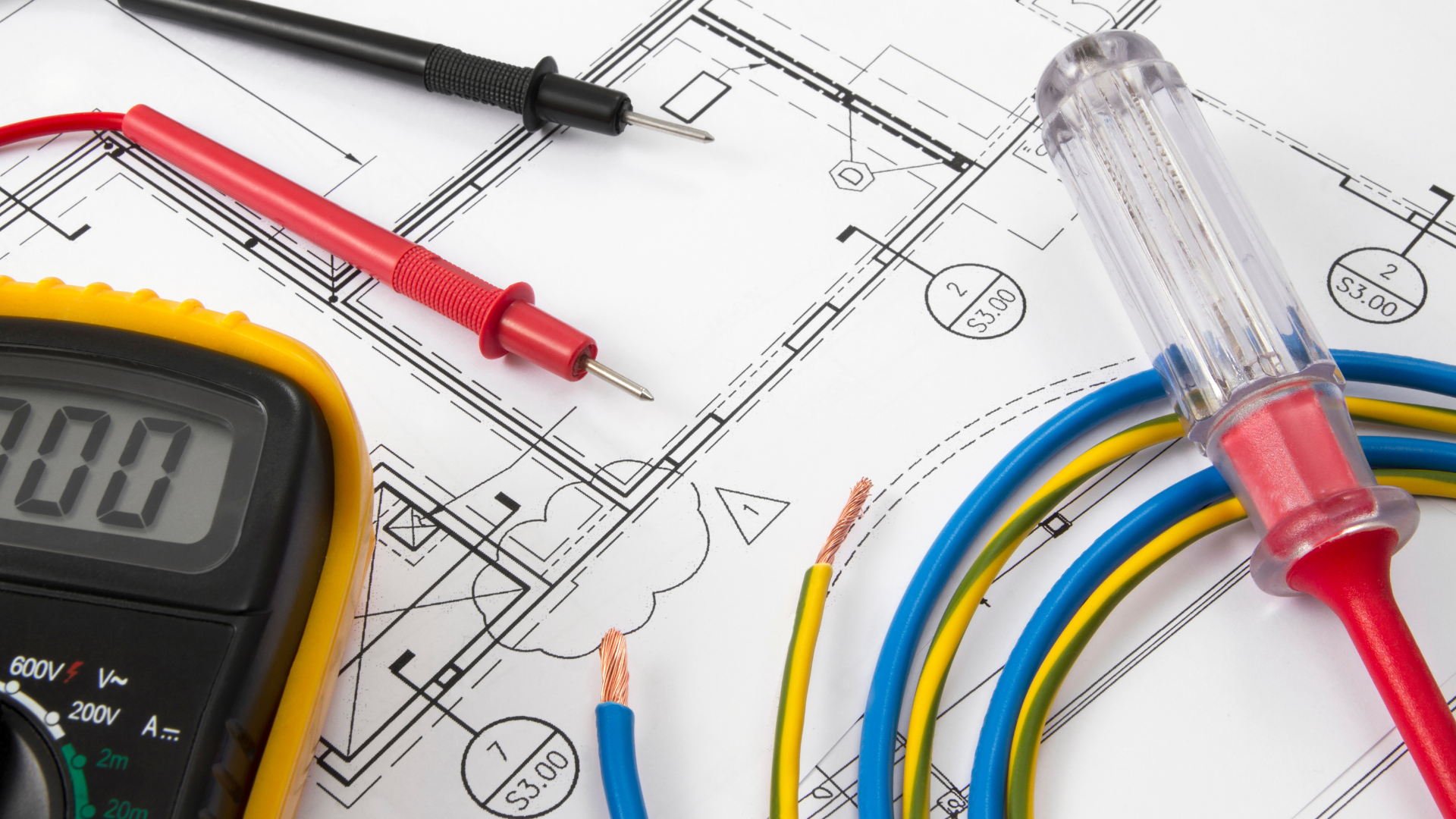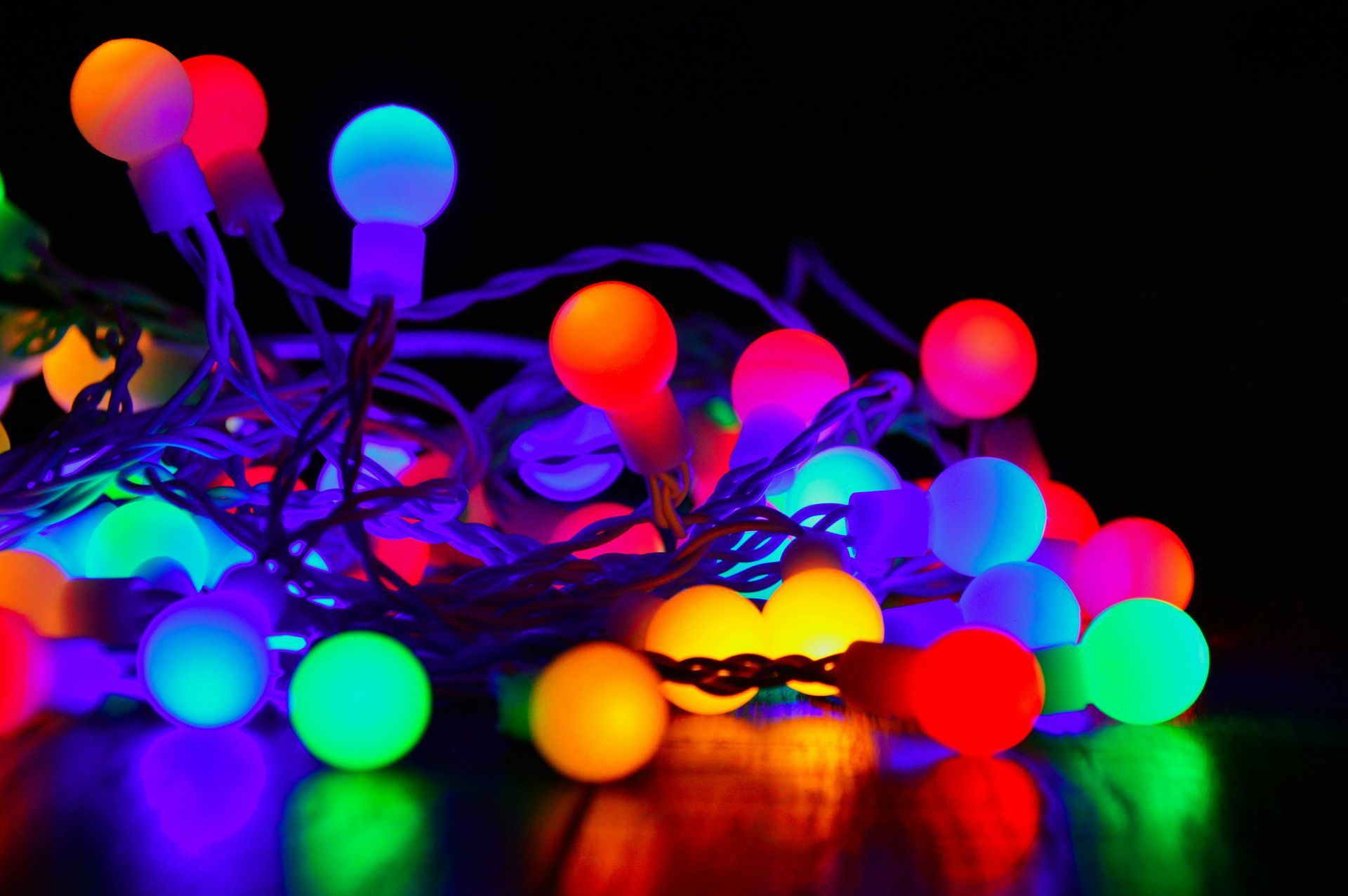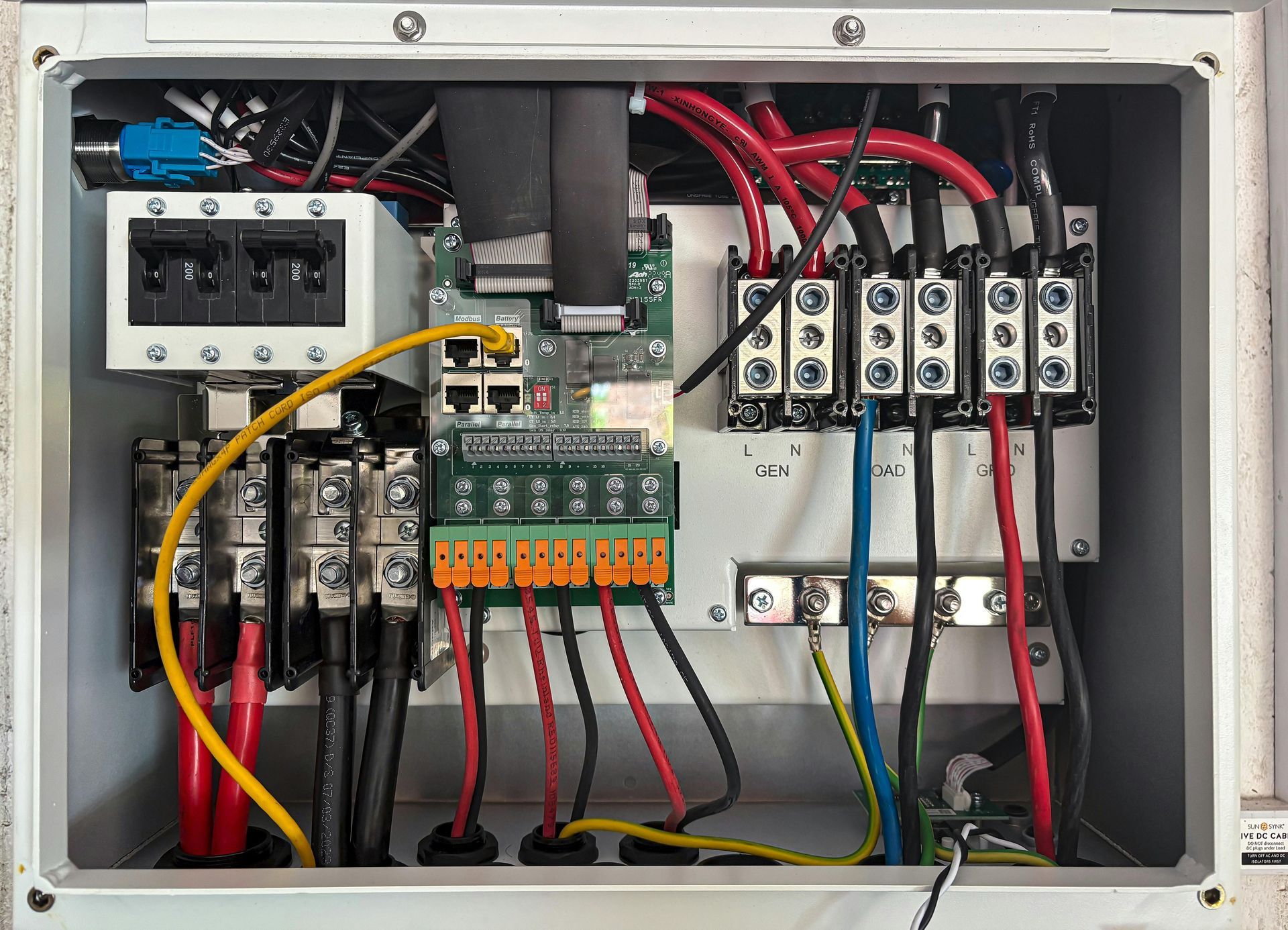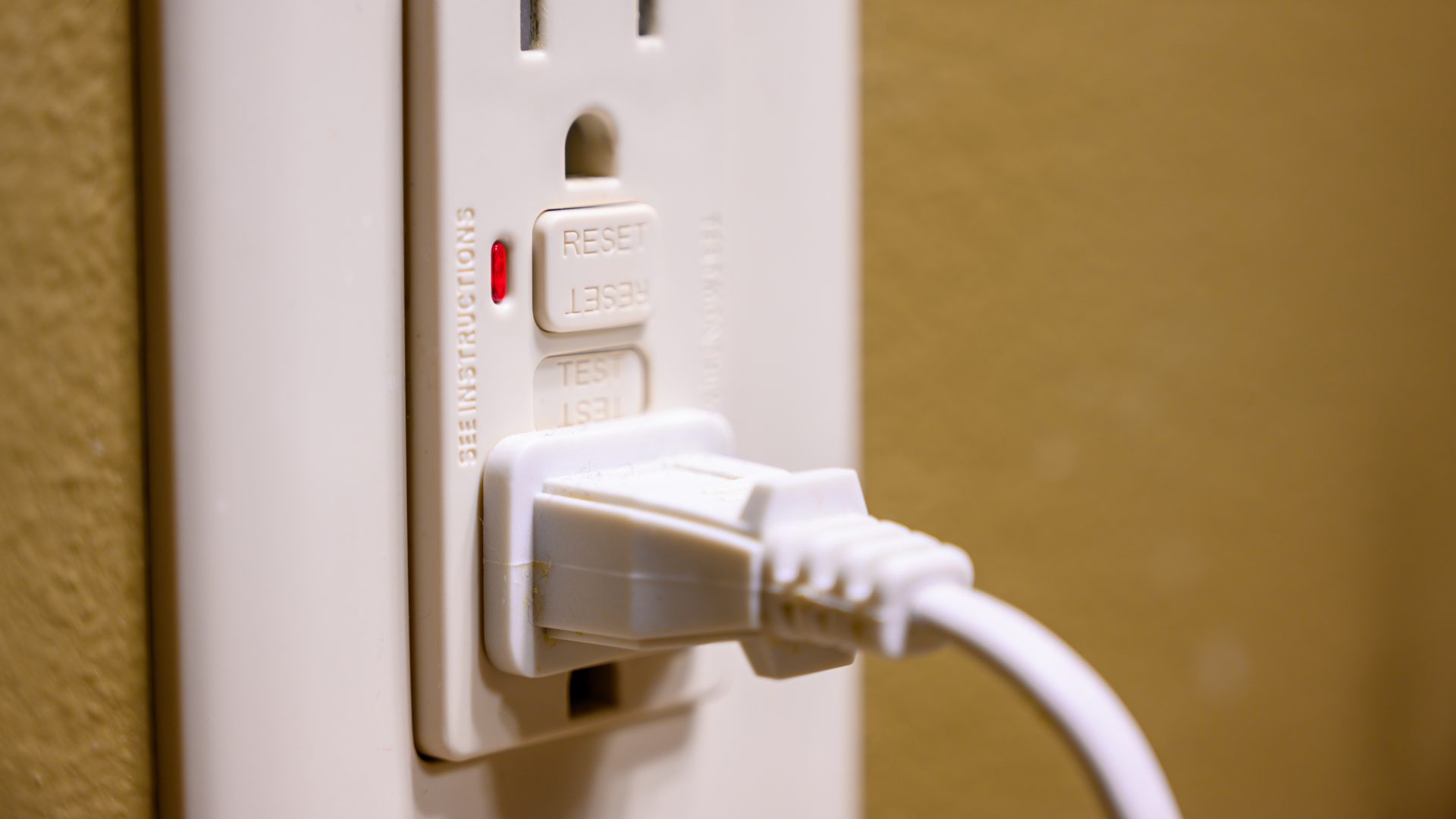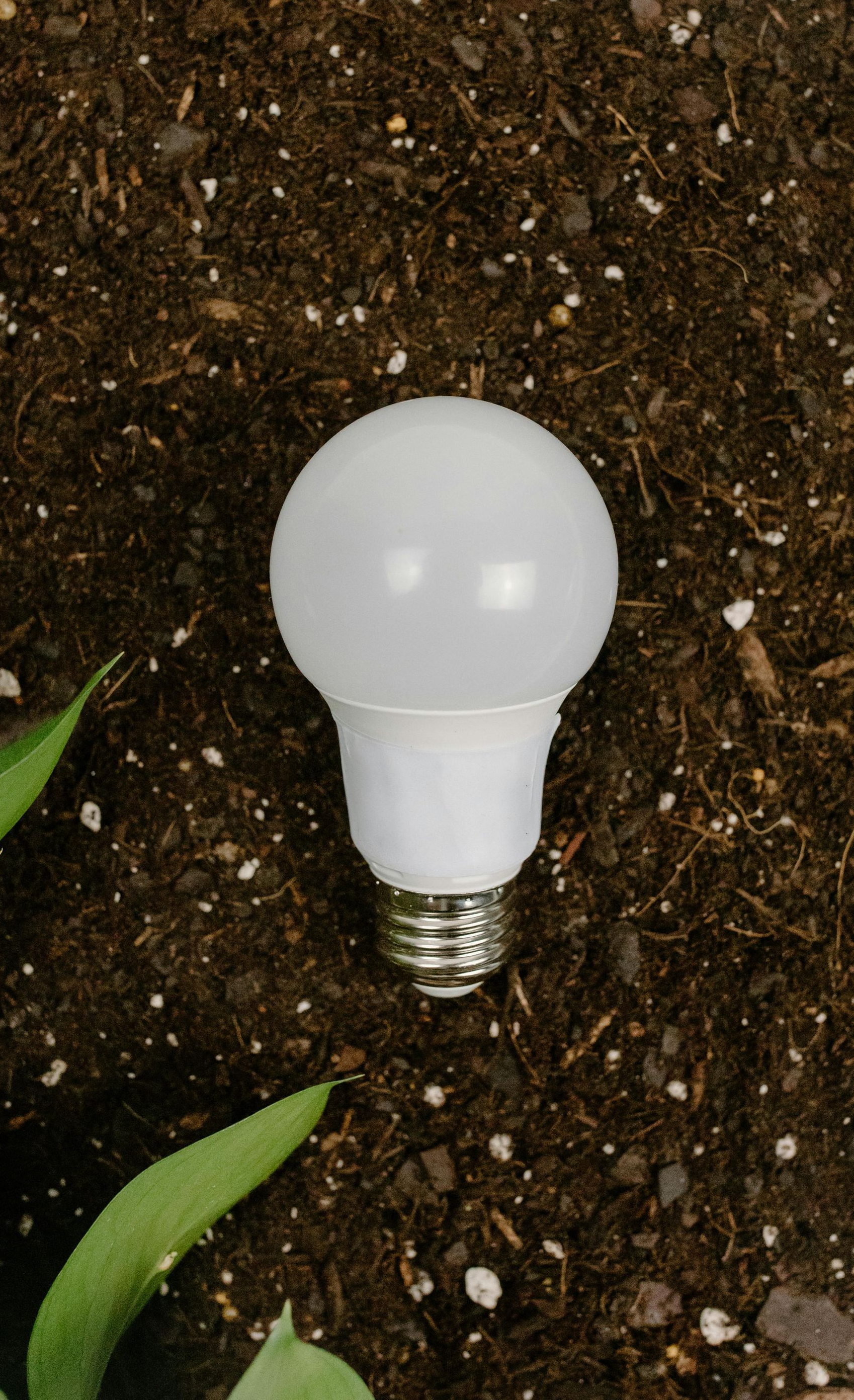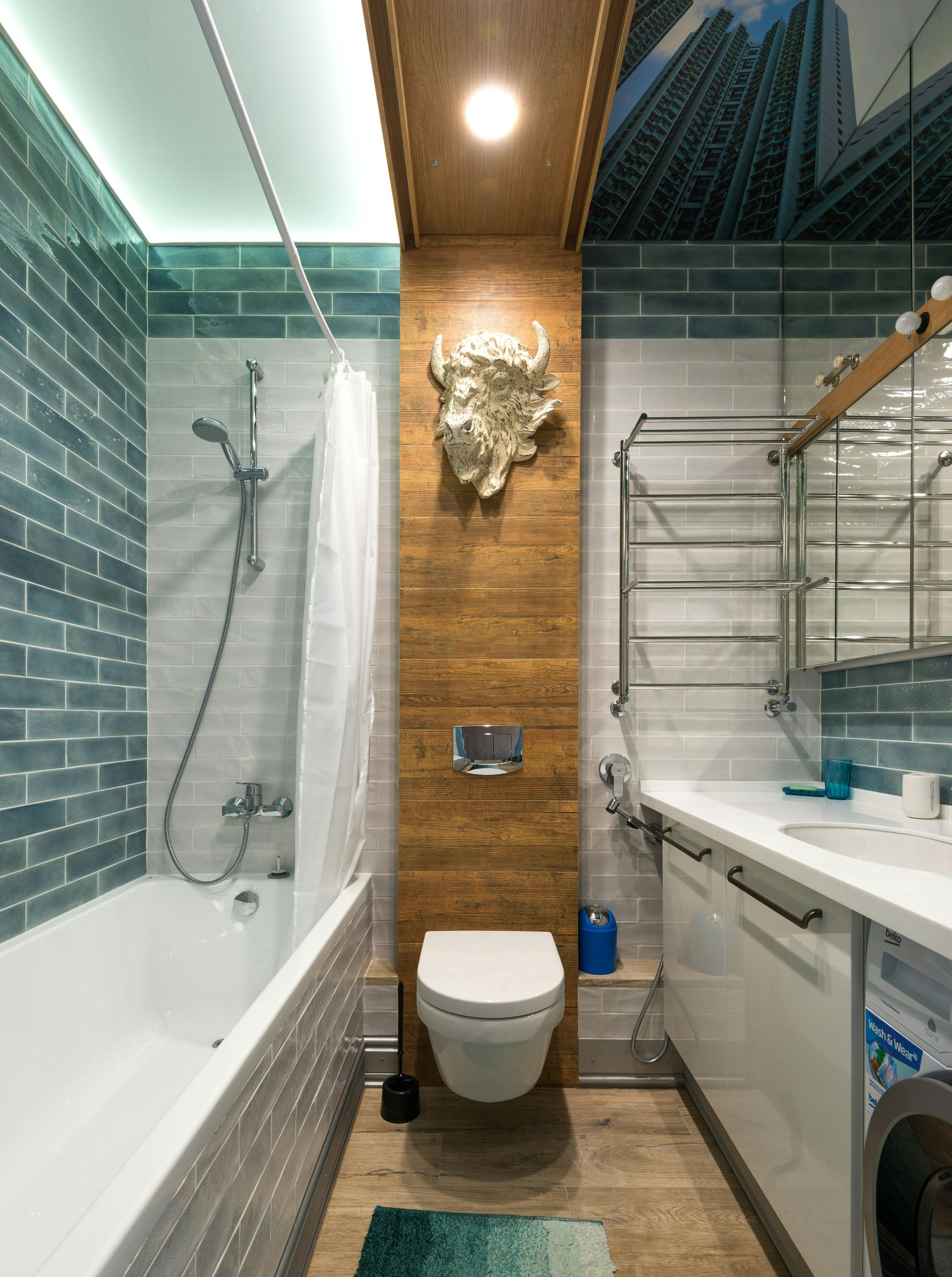The Benefits of Energy-Efficient Lighting for Homes and Businesses
Brighter, Smarter, Greener
Lighting plays an important role in the way we live and work, but it also has a major impact on energy consumption. For years, traditional incandescent and fluorescent bulbs were the standard, but technology has advanced significantly. Today, energy-efficient lighting options such as LED systems and smart controls have become the clear choice for both homeowners and businesses. At ESD Electric, we believe upgrading to energy-efficient lighting is one of the simplest and most impactful improvements you can make.
Lower Energy Costs
The most immediate benefit of energy-efficient lighting is reduced utility bills. Traditional incandescent bulbs use far more electricity to produce the same level of brightness as an LED.
According to the U.S. Department of Energy, LEDs use up to
75 percent less energy and last up to 25 times longer than incandescent lighting. For homeowners, this translates into noticeable savings month after month. For businesses, especially those that operate large facilities or extended hours, the cost reductions can be substantial.
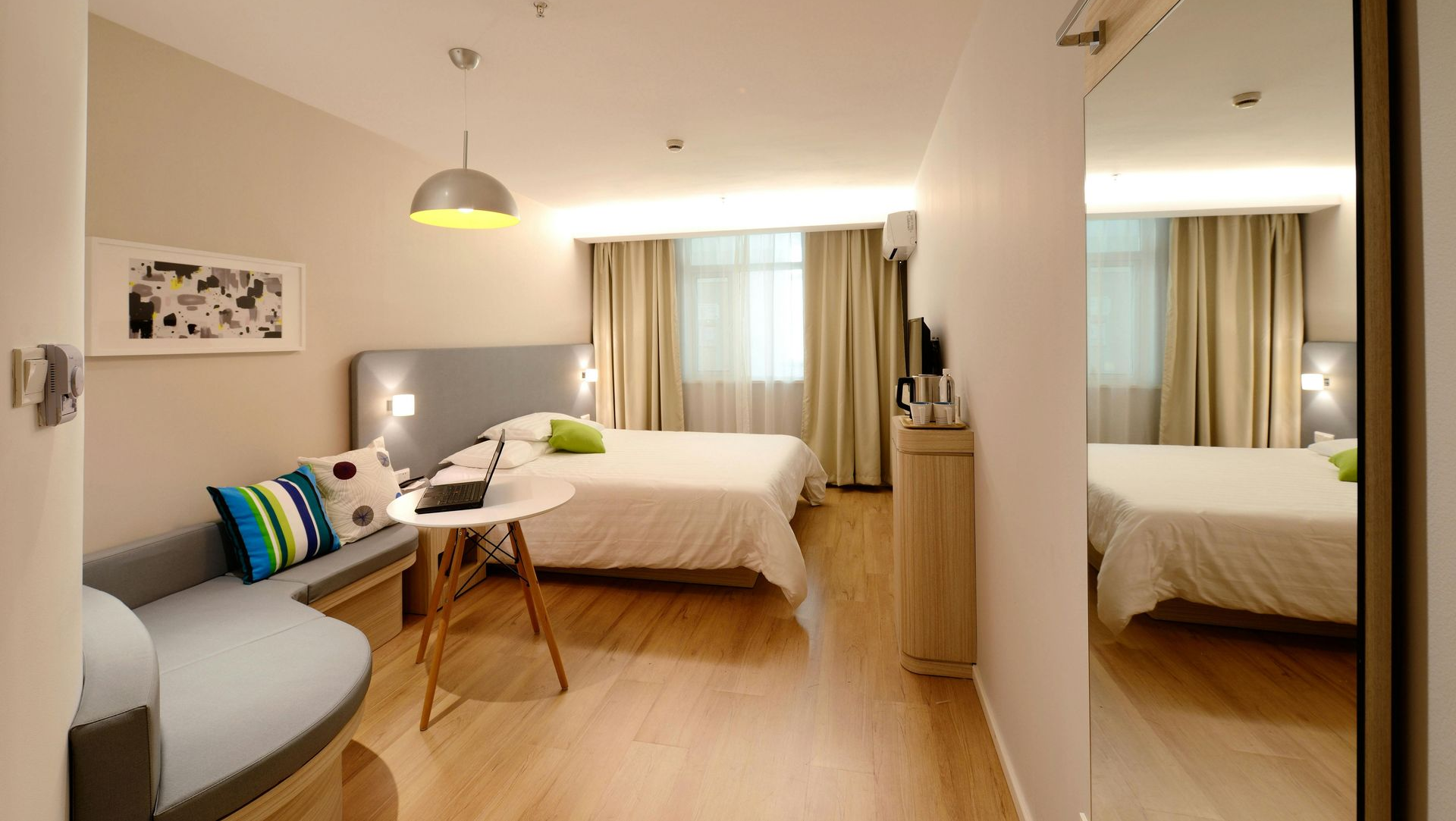
Long-Term Durability
Energy-efficient lighting options are designed to last. LEDs and other high-efficiency bulbs can operate for tens of thousands of hours, far outlasting incandescent or fluorescent bulbs. This longevity reduces the need for frequent replacements, which not only saves money but also reduces maintenance efforts. For commercial properties, where replacing bulbs may involve specialized fixtures or high ceilings, the reduced maintenance is especially valuable.
Better Lighting Quality
Modern energy-efficient lighting produces a
more consistent, higher-quality light. LEDs are available in a wide range of color temperatures, from warm and inviting to bright and focused, making them adaptable for any setting. They also reach full brightness instantly and do not flicker the way some older fluorescent fixtures do. Better lighting quality improves comfort in homes and enhances productivity in workplaces.
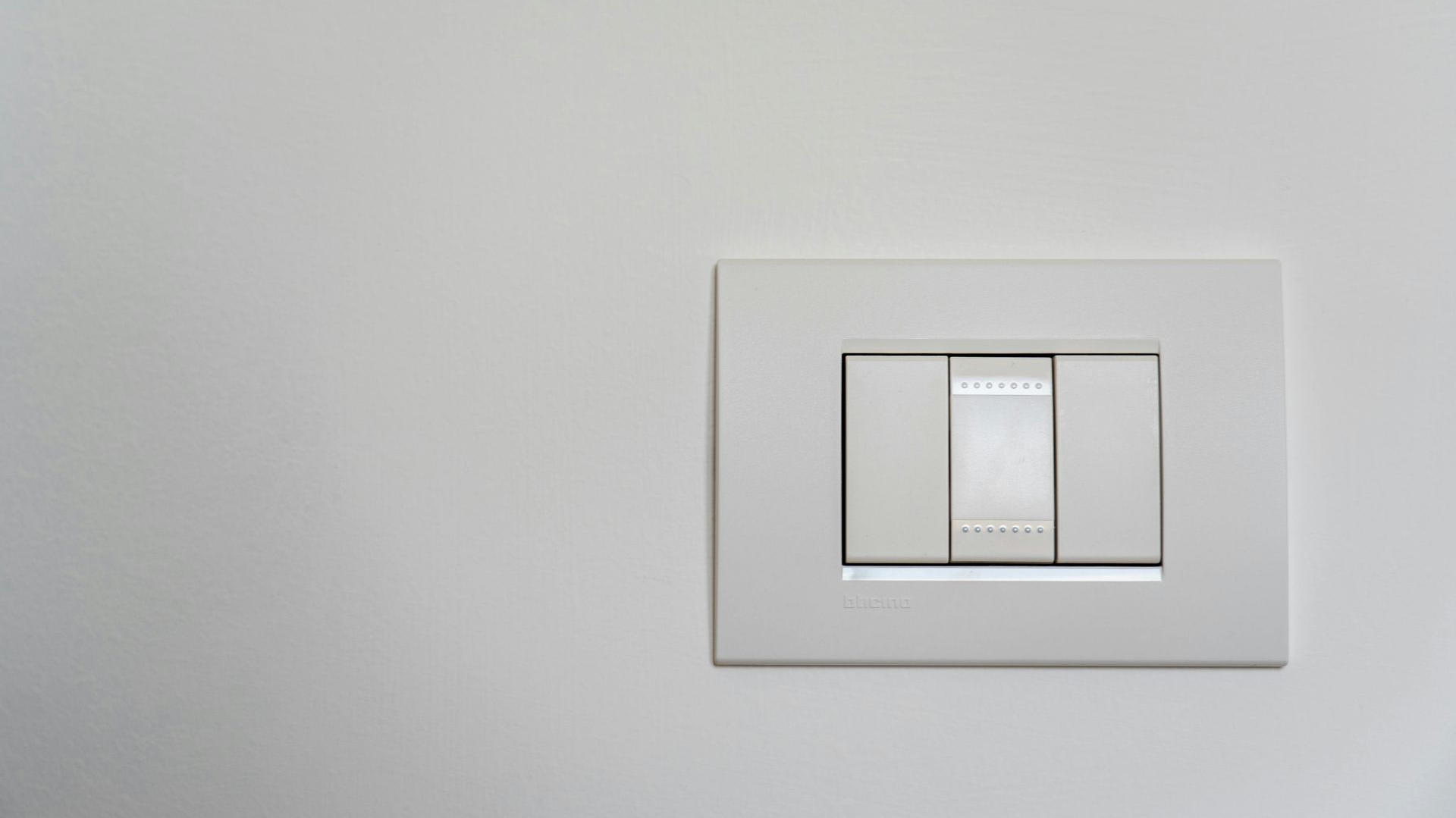
Environmental Benefits
Switching to energy-efficient lighting reduces overall energy demand, which in turn lowers greenhouse gas emissions from power plants. For businesses, this supports sustainability initiatives and demonstrates a commitment to environmental responsibility. Many organizations now include lighting upgrades as part of their ESG (Environmental, Social, and Governance) strategies. Homeowners also benefit by reducing their carbon footprint through everyday choices.
Compatibility With Smart Technology
Another advantage of modern lighting systems is their compatibility with smart controls. Energy-efficient fixtures can often be paired with dimmers, motion sensors, and timers to reduce energy waste. For homeowners, this allows convenient control over lighting from smartphones or voice assistants. For businesses, automated systems can significantly cut operating costs by ensuring lights are only on when needed.
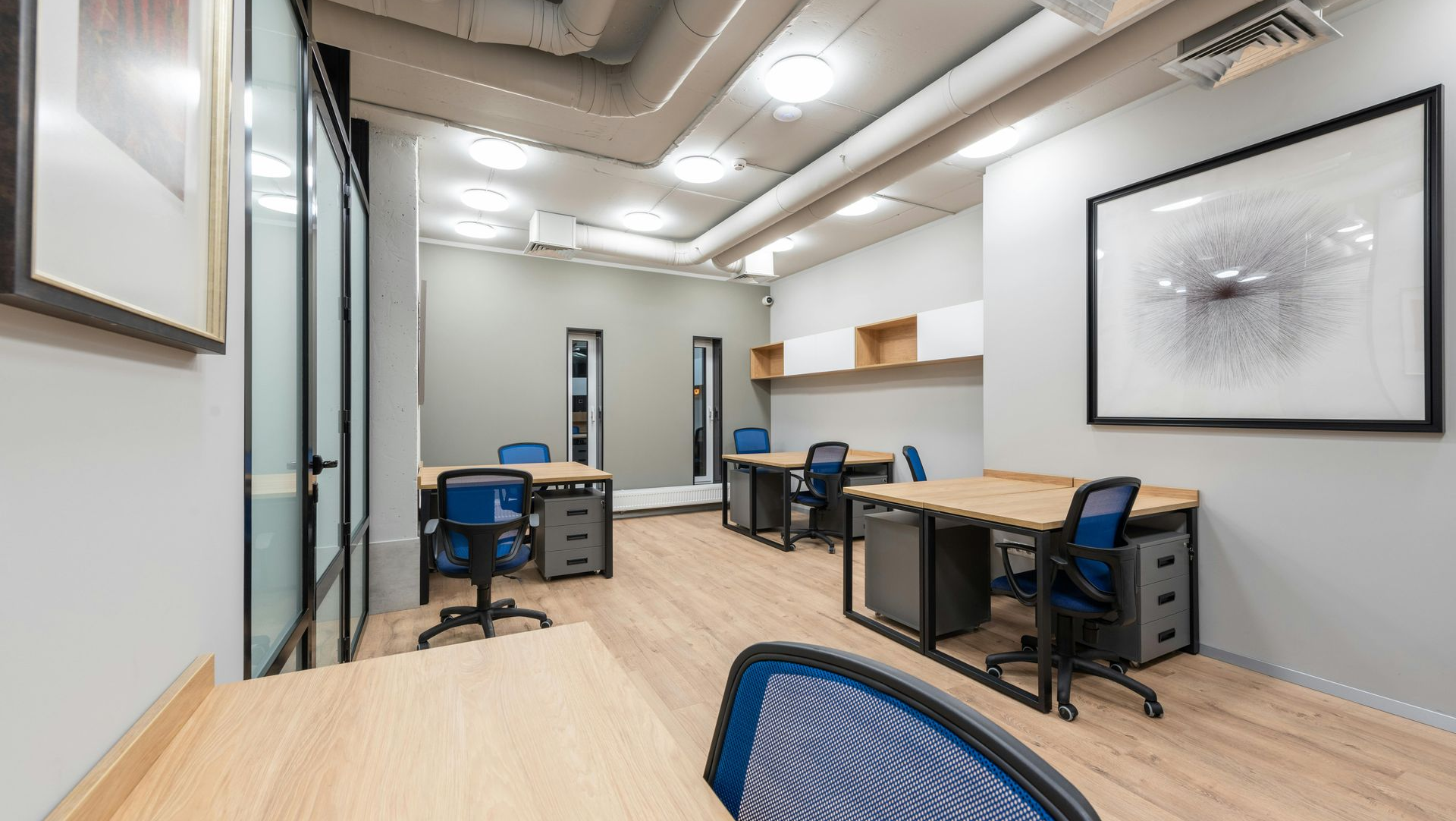
Increased Property Value
Upgrading to energy-efficient lighting also adds value to properties. Buyers and tenants increasingly look for homes and commercial spaces that are cost-efficient and environmentally friendly. A property equipped with modern lighting systems signals lower operating costs and a forward-looking approach to sustainability.
Why Professional Installation Matters
While many lighting upgrades seem simple, a professional installation ensures safety, performance, and compliance with electrical codes. Improperly installed fixtures or incompatible controls can cause issues such as flickering, overheating, or premature failure. At ESD Electric, our licensed electricians help clients choose the right lighting solutions and install them correctly, ensuring maximum efficiency and longevity.
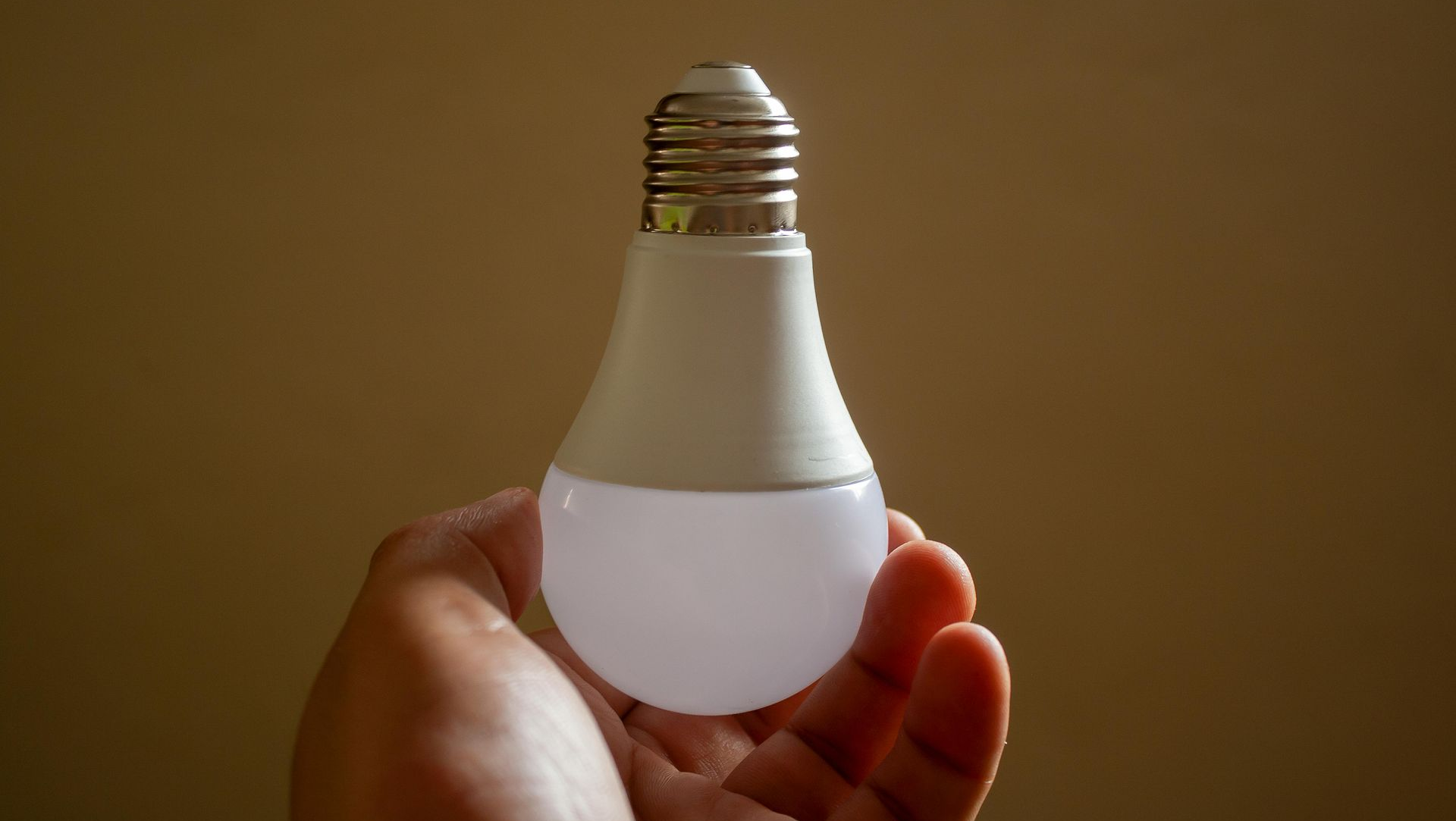
Final Thoughts
Energy-efficient lighting is more than just a trend; it is a smart investment for both homes and businesses. Lower utility bills, reduced maintenance, better light quality, and environmental benefits make it an upgrade that pays for itself many times over. With smart technology integration, these systems also offer unmatched convenience and control.
At ESD Electric, we provide professional guidance and installation to help clients make the switch with confidence. Whether you are updating a single room or outfitting an entire building, our team ensures that your lighting system delivers performance, efficiency, and long-term value.
